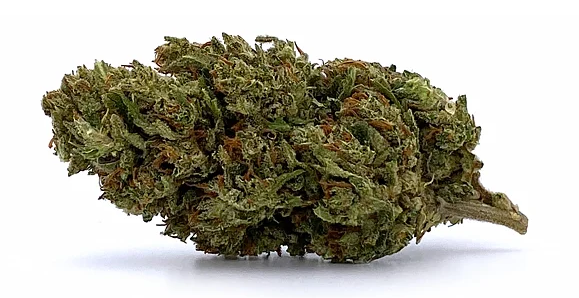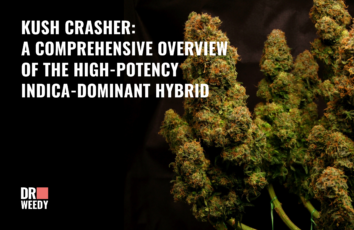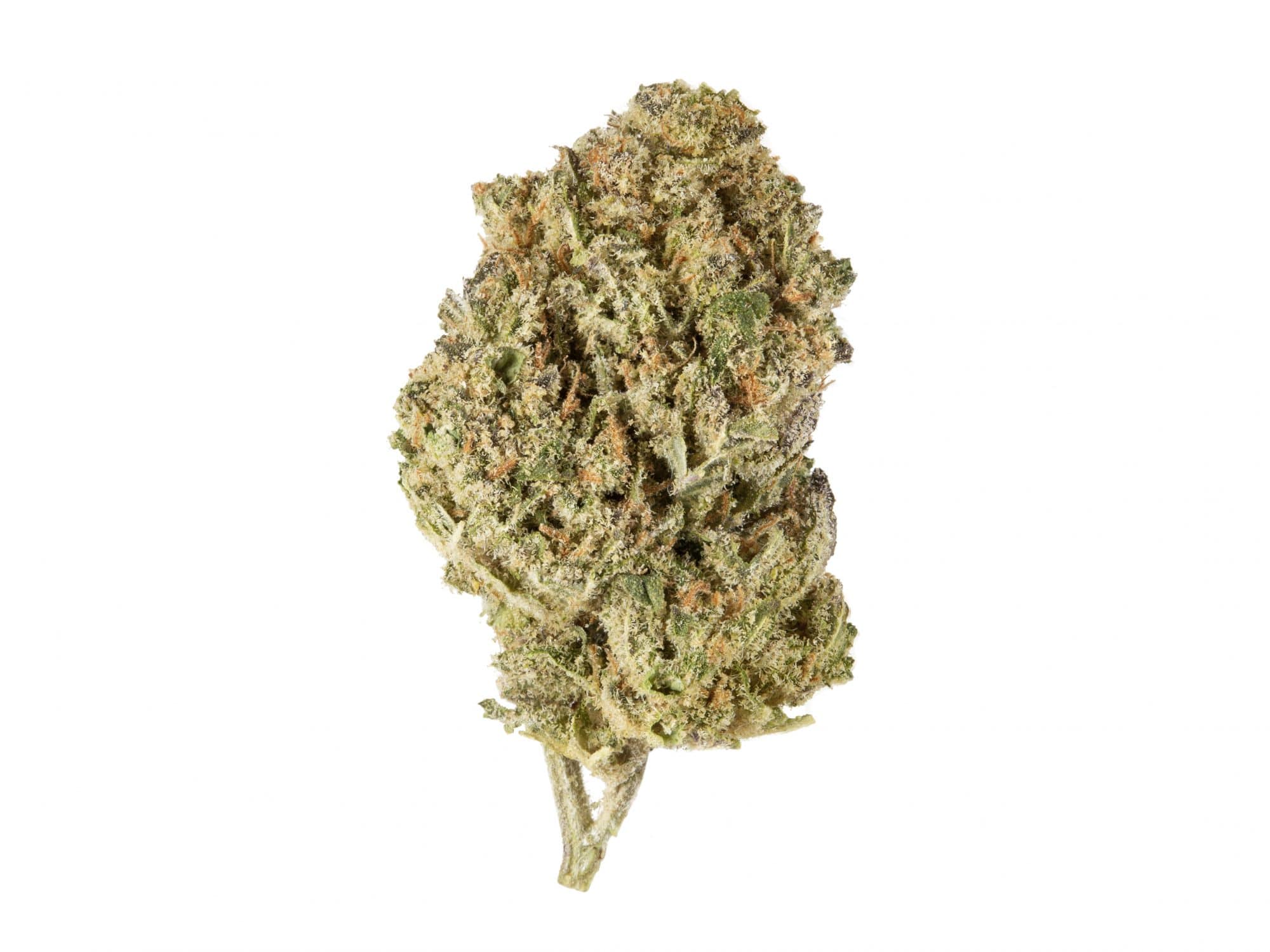Unveiling the Kombucha Cannabis Strain: The Complete Guide
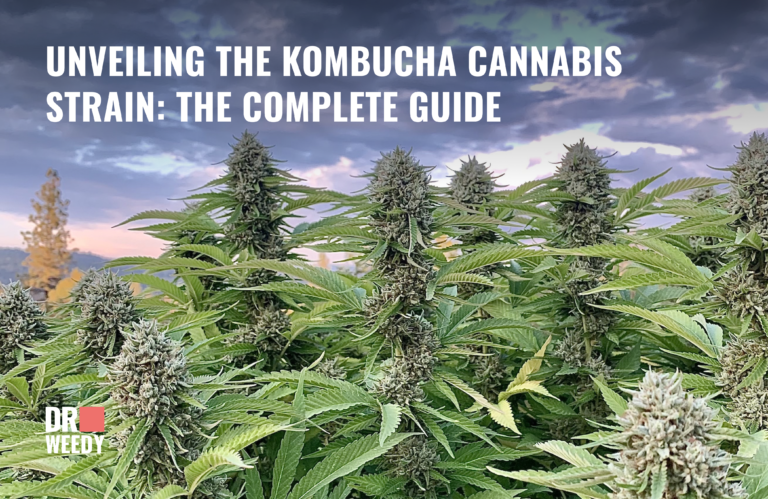
In the bustling world of cannabis, the Kombucha strain has been generating a lot of buzz lately. Renowned for its robust profile and well-balanced characteristics, this strain is a cultivator’s dream and a consumer’s delight. This comprehensive guide explores everything you need to know about Kombucha, from its genetics to its ideal growing conditions and effects.
Genetics and Lineage of Kombucha Cannabis Strain
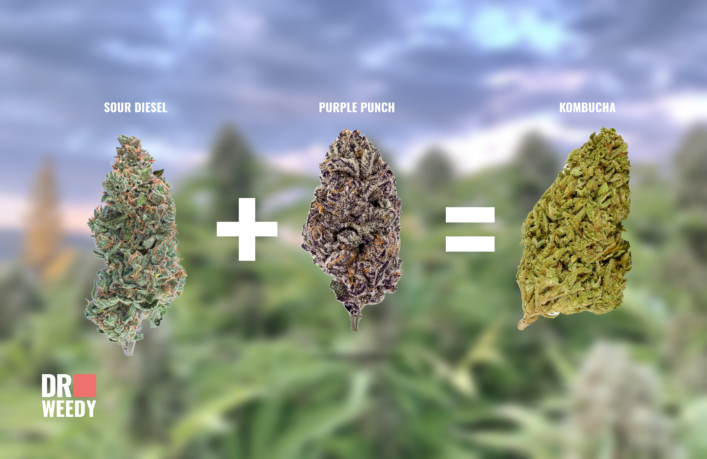
The Parentage
Kombucha boasts an impressive lineage, being a hybrid born from the powerhouse strains of Sour Diesel and Purple Punch. It inherits its resilience and aroma from its parents, making it a unique and potent offering in the cannabis world.
Aroma and Terpenes
The strain has a fascinating terpene profile that features Pinene, Myrcene, and Caryophyllene. This leads to its unique aroma that is primarily diesel, with undertones of grape, pine, and a kombucha-like aftertaste.
|
Terpenes |
Aromas |
|
Pinene |
Pine |
|
Myrcene |
Earthy, Musky, Herbal |
|
Caryophyllene |
Spicy, Woody, Clove |
Kombucha Cannabis Strain Cannabinoid Profile
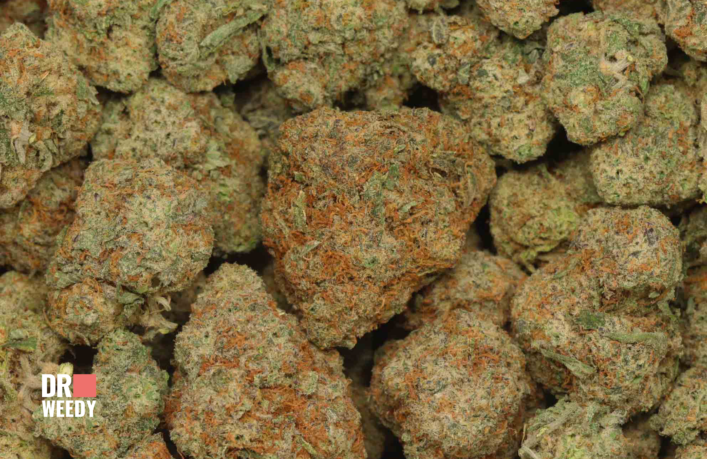
THC Content
Kombucha packs a punch with its THC content, which averages around 23%. This high THC concentration contributes to its potent effects, making it a powerful choice for those seeking both recreational and medicinal benefits.
CBD and Other Cannabinoids
While the CBD content in Kombucha is not specified, the sum of all cannabinoids is about 27%. This could imply the presence of minor cannabinoids like CBG, CBN, or CBC, contributing to the entourage effect and potentially amplifying its medicinal properties.
|
Cannabinoids |
Percentage |
|
THC |
23% |
|
Sum of All |
27% |
Plant Physiology
Kombucha is a vigorous grower with a bushy, sturdy structure. Once topped a few times, the plant grows quickly, displaying flower colors ranging from green with purple hues to deeper purple tones, depending on the phenotype. The flower formations tend to resemble large golf balls, offering a considerable yield.
Growing Conditions
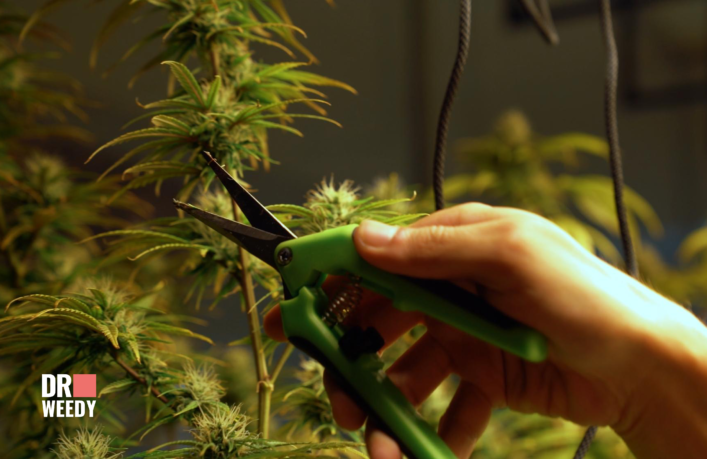
Kombucha thrives in various environmental settings, from indoor cultivation to full-term outdoor settings. The ideal cultivation environment includes:
- Relative Humidity: Kombucha is mold-resistant, but it’s best to gradually reduce relative humidity to 45% to 50% during the last four weeks of flowering.
- Temperature: The strain can handle warmer temperatures without issue and responds well to cooler, dryer climates during the final weeks of flower.
- Light Intensity: Kombucha is responsive to high light intensity, whether it’s HPS, LED, or natural sunlight.
Nutritional Requirements
|
Nutrient |
Requirement |
|
Water |
High |
|
Nitrogen (N) |
Standard |
|
Phosphorous (P) |
Standard |
|
Potassium (K) |
Standard |
Kombucha is not particularly sensitive to any inputs or fertilizers, making it an excellent choice for novice cultivators.
Flowering Time and Yield
The flowering time for Kombucha ranges from 63 to 70 days when grown in a greenhouse or an indoor environment. In a full-term outdoor setting, most selections are ready by early to mid-October. Yield rates can range from 65 to 99 grams per square foot, depending on the cultivation scale and conditions.
Effects and Benefits of Kombucha Cannabis Strain

User Experience
Kombucha provides a sense of bliss and an optimistic outlook. It’s also known to increase creative focus. A smooth smoke profile is accompanied by occasional hints of fruit and pine.
Medical Benefits
This strain is often recommended for:
- Reducing pain and fatigue
- Increasing appetite
- Granting mellow vibes
Conclusion
The Kombucha strain is a well-rounded, versatile offering that pleases both cultivators and consumers alike. Its lineage, robust profile, and ease of cultivation make it a remarkable addition to the cannabis market. If you’re looking to grow a resilient and rewarding strain or seeking a cannabis experience that offers both relaxation and medicinal benefits, Kombucha might just be the perfect fit for you.
























